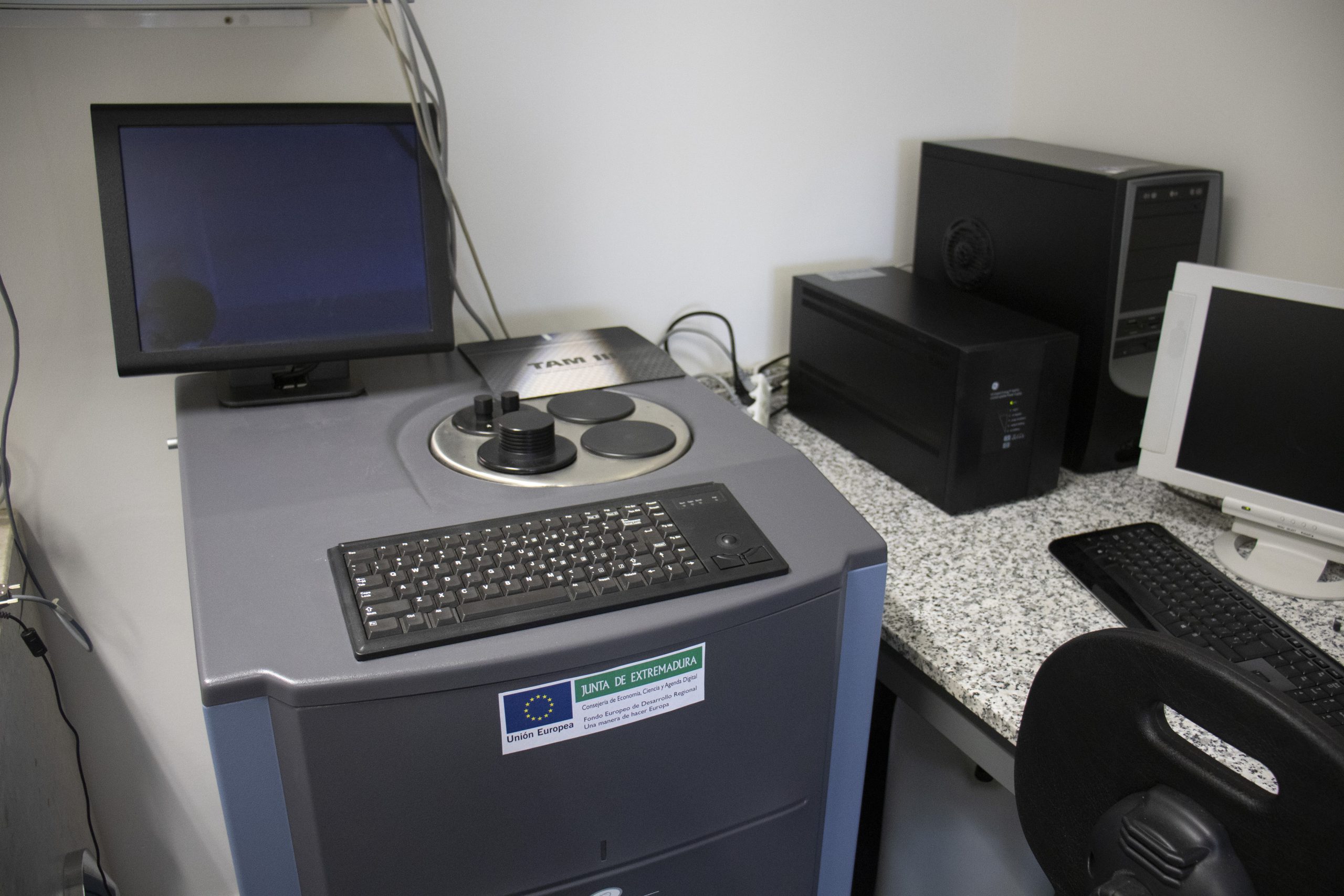U17-S01. Confiocal Microscopy Service (Onsite) OUTSTANDING
Spectral confocal module coupled to an inverted microscope (4 objectives: 10x, 20x, 40x and 63x) equipped with three channels of spectral detection, AOBS (“Acousto-optical beam splitter”) and resonant scanner system. Argón, He/Ne and UV lasers. Incubation cabin for cells, which allows tracking of real-time processes.










